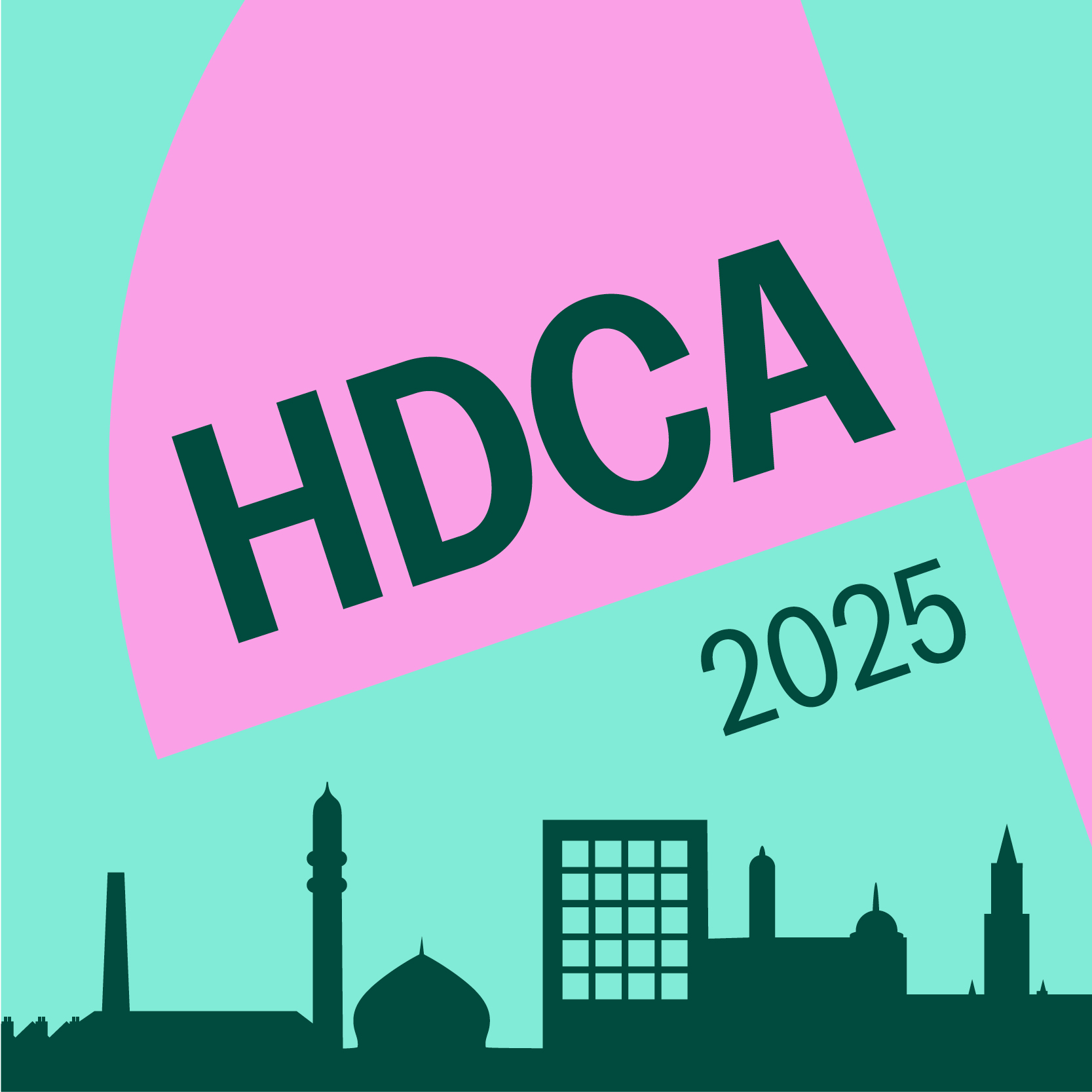While there is no single interpretation of the Capability Approach (CA) - even founders Amartya Sen and Martha Nussbaum hold divergent views - the text below provides a short introduction.
The standard of living lies in the living, and not in the possession of commodities. This is the basic intuition of the Human Development (HD) paradigm, which builds on decades of work in growth with equity, basic needs and welfare economics. The HD paradigm emerged in the 1990s, and became the leading view of the United Nations Development Program (UNDP). It holds that concern for people, and the quality of their lives, should come first in every decision at whatever level - whether individual, organizational or governmental. The UNDP’s 20th anniversary Human Development Report (2010, p.2) defines human development as ‘the expansion of people’s freedoms to live long, healthy and creative lives; to advance other goals they have reason to value; and to engage actively in shaping development equitably and sustainably on a shared planet. People are both the beneficiaries and the drivers of human development, as individuals and in groups.’
The HD paradigm draws, among others, on the conceptual works of Amartya Sen, and what came to be known as the Capability Approach (CA). The CA is ‘a moral approach that sees persons from two different perspectives: wellbeing and agency’ (Sen 1985, p.169).
- People pursue wellbeing in that they seek to “function” well as human beings. ‘Functionings’ are sets of doings such as eating, reading or taking part in social and political organizations, and sets of beings, such as being well nourished, being free from malaria, not being ashamed. The central question of the CA is, ‘What kind of a life is a person leading? What does she succeed in doing and in being?’
- People exercise agency in that they decide how to shape their lives and environment. This is why the CA sees human wellbeing to include capabilities beyond functionings. A capability is a person’s effective or realistic ability to do valuable acts, or reach valuable states of being. While functionings reflect people’s achievements, capabilities reflect the real opportunities people have to lead or achieve a certain type of life.
The CA is thus an approach for making moral judgements about how people and societies are doing. It can be used to assess the impact of interventions or policies on people’s lives and their environment. (In a few cases, the notions of functionings and capabilities have also been employed in a non-normative way for explaining social phenomena, such as poverty or inequality.) Whatever its uses, the CA judges people’s lives and how well societies are doing from the perspective of human freedom. Do people have opportunities to function well as human beings and live flourishing human lives? The CA does not give a blueprint on how to act to transform the world so that all may live flourishing human lives, let alone to give a blueprint of what it means to flourish as a human being – although some interpretation of CA, such as Martha Nussbaum’s capabilities approach, develop a more specific idea of human flourishing and the institutional arrangements to bring it about. But however one interprets it, CA leaves each one of us to use our freedom to define human wellbeing and how to bring it about, while arguing that it is neither resources and income nor happiness but functionings and capabilities that constitute human wellbeing.
Read what some HDCA members have to say about the CA.
References
Robeyns, Ingrid (2017), Wellbeing, Freedom and Social Justice: The Capability Approach Re-Examined, Cambridge: Open Book Publishers.
Sen, Amartya (1985), ‘Well-Being Agency and Freedom: The Dewey Lectures 1984’, Journal of Philosophy, 82(4): 169–221.
UNDP (2012), Human Development Report: The Real Wealth of Nations, http://hdr.undp.org/en/reports/global/hdr2010/

